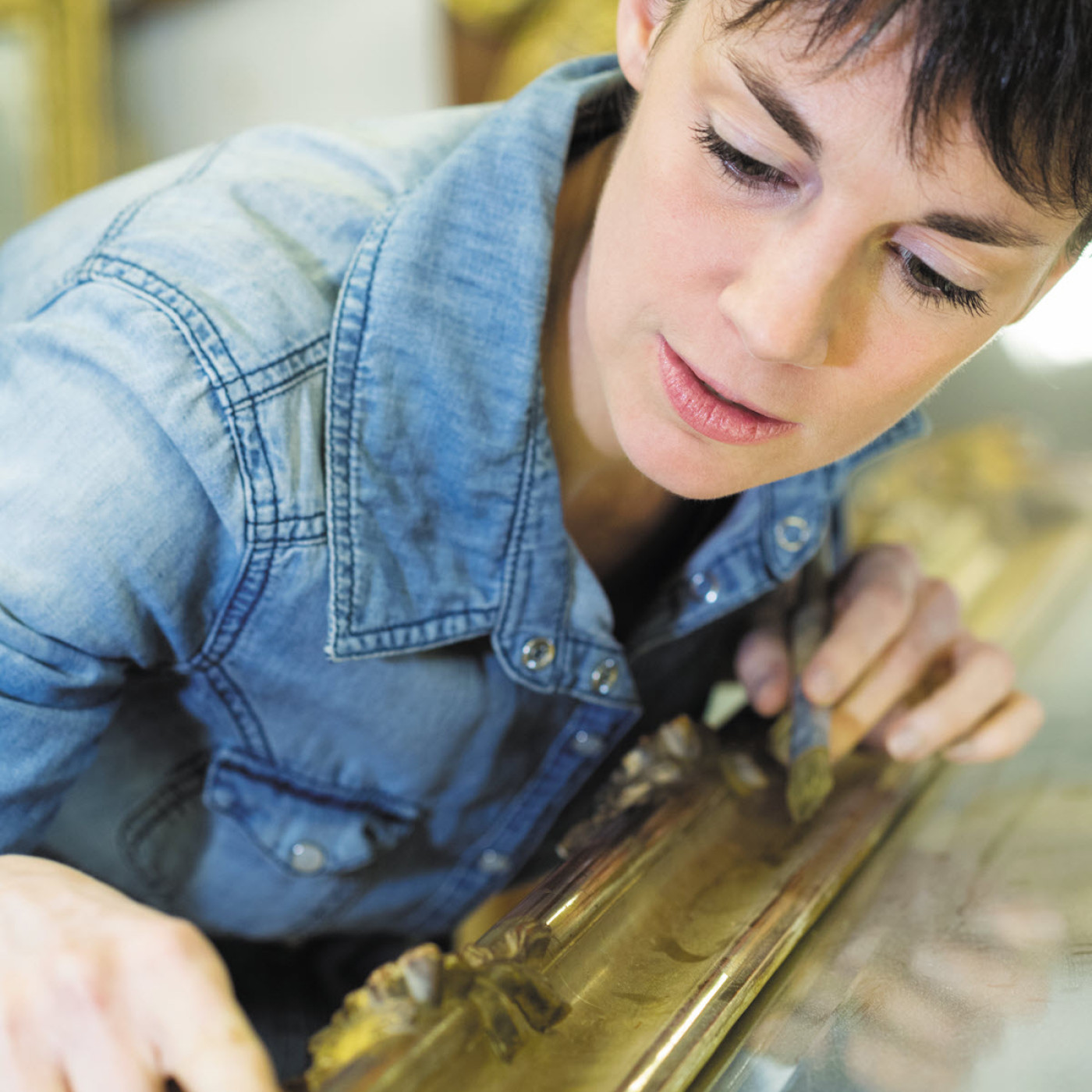For What It’s Worth Experts Weigh What Matters in Art Insurance Claims
“The maid attacked it.” “A water pipe broke and sprayed water all over it.” “The movers dropped it.”
Insurance companies that provide coverage for fine art hear lots of reasons why a work of art has been damaged, but they have more to do than listen to a story. The questions they must answer are: Can the artwork be repaired? Can the artwork be repaired for less than the overall value of the piece? Has the damage lessened the value of the object? Is the artwork a total loss?
The answers to those questions are worked out by a team the insurance company assembles that includes an in-house or outside claims adjuster, an art conservator, an art appraiser, and perhaps an art dealer. And it is not just up to the insurance company.
“The owners of the artwork may get their own experts,” said Steven Pincus of Risk Strategies, a specialty insurance brokerage and risk management and consulting firm. “You have people on one side and people on the other. It’s always a delicate conversation.”
An example of a dispute involves billionaire art collector Ronald Perelman and a consortium of insurers over his demand for a $410 million insurance payout for damage he claims five paintings — a Cy Twombly, two Ed Ruschas, and two Andy Warhols — in his collection suffered in a 2018 fire at his New York estate. The insurers contend none of the five artworks actually were damaged in the fire and their cumulative value is $103 million. The case may go to court this year or next if the disagreement is not resolved.

When everything goes smoothly — and, most often, it does — this is what should happen: An adjuster goes to look at the artwork and then brings in a conservator with expertise in that type of art to see if the object can be repaired and at what price. Assuming the cost of conservation is not significantly more than the piece’s value, the artwork is quickly handed over to the conservator to begin treatment.
“You don’t want a long delay, because that could make problems much worse or even permanent,” said Dorit Straus, retired worldwide fine art manager at Chubb, a leading fine art insurer. After repairs are made, an appraiser (“someone with expertise in fine art, not a real estate appraiser or generalist,” she said) or dealer in the particular type of art evaluates the object to determine if the value of the now-repaired work’s value has declined and by how much. “There is no mathematical formula,” said Chicago-based insurance adjuster Robert O’Connell. “It can be a small tear in a canvas, but it matters more if the tear is at the center of the painting or at the edge.”
